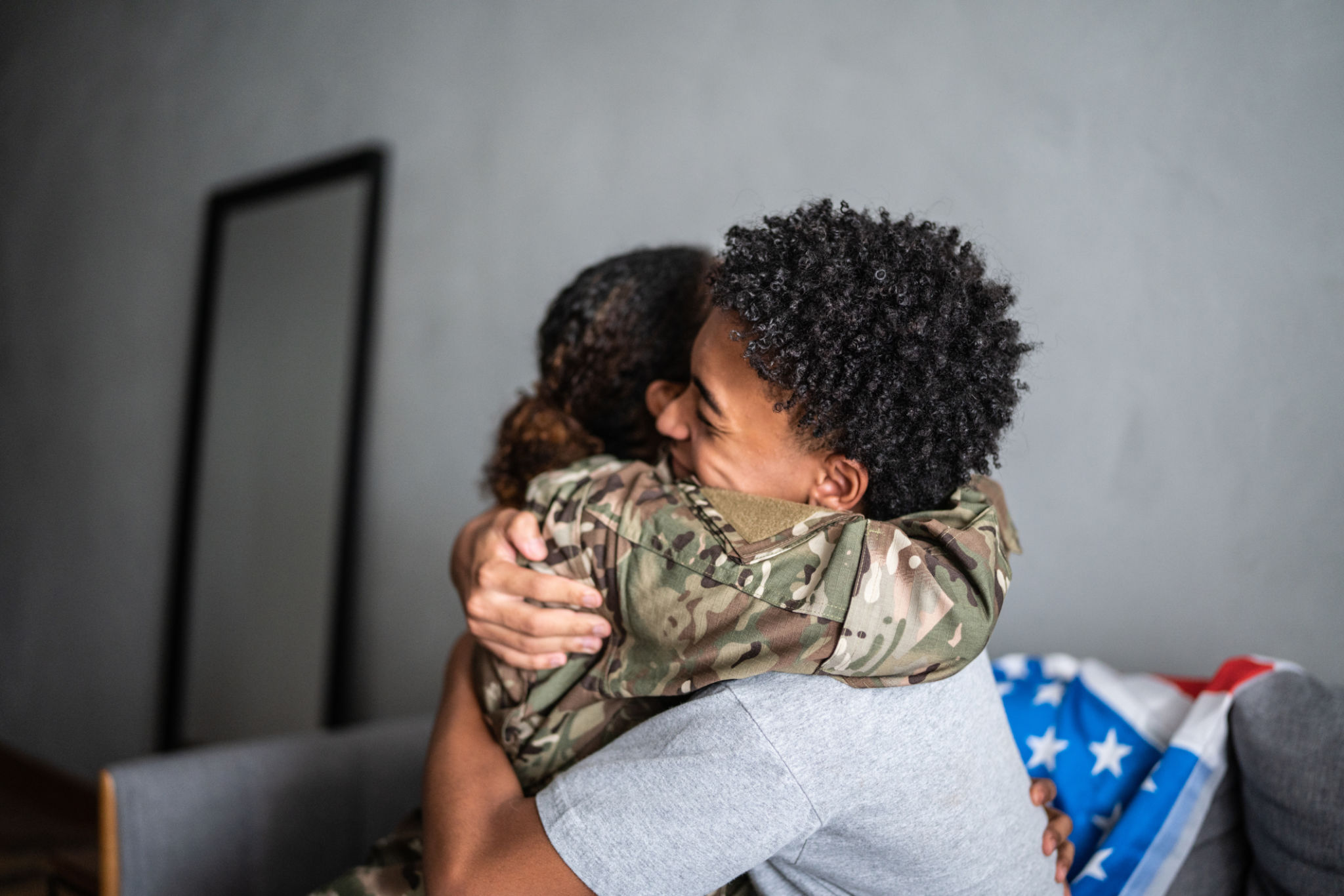Myth-Busting: Common Misconceptions About Homeless Veterans
Understanding the Reality of Homeless Veterans
Homelessness among veterans is a serious issue that is often misunderstood. Various myths and misconceptions cloud the reality of their situation, leading to ineffective solutions and misplaced blame. By debunking these myths, we can take a step closer to providing the support and understanding that homeless veterans truly need.

Myth 1: Veterans Are Homeless by Choice
One common misconception is that veterans choose to be homeless. This myth ignores the complex circumstances that contribute to homelessness, such as mental health disorders, substance abuse, and economic hardships. Many veterans struggle to reintegrate into civilian life after military service, facing barriers like unemployment and a lack of affordable housing.
In reality, no one chooses to be homeless. Veterans often find themselves without a stable home due to circumstances beyond their control, not because of personal decisions. Addressing these underlying issues is crucial in helping veterans regain stability.
Myth 2: Most Homeless People Are Veterans
Another misconception is that the majority of homeless individuals are veterans. While veterans do make up a significant portion of the homeless population, they are not the majority. According to the U.S. Department of Housing and Urban Development, veterans account for about 11% of homeless adults.
Understanding this fact helps direct resources effectively and ensures that targeted support reaches those in need. It also helps to highlight that homelessness is a widespread issue affecting various demographics.
Myth 3: All Homeless Veterans Suffer from PTSD
The notion that all homeless veterans suffer from Post-Traumatic Stress Disorder (PTSD) is misleading. While PTSD is more prevalent among veterans compared to the general population, not every homeless veteran experiences this condition.

Various factors contribute to homelessness, including physical disabilities, economic challenges, and insufficient support systems. Painting all homeless veterans with the same brush of PTSD can lead to stigmatization and can overlook other critical needs they may have.
Myth 4: Veteran Homelessness Is a Problem of the Past
Some people believe that veteran homelessness is an issue that has been resolved with recent government initiatives and programs. While significant progress has been made in reducing veteran homelessness, it continues to persist. Economic downturns and crises like the COVID-19 pandemic exacerbate vulnerabilities, making it difficult for progress to be sustained without ongoing support.
Continuous efforts and adapted strategies are necessary to ensure that veteran homelessness does not become an overlooked issue once again.

Moving Forward with Empathy and Action
Dispelling these myths is essential for fostering a more accurate understanding of the challenges faced by homeless veterans. By acknowledging the complexities of their situations, we can develop more effective support systems and policies tailored to their needs.
Empathy and informed action are key to making a meaningful difference in the lives of homeless veterans. Whether through volunteering, advocacy, or donating to veteran-focused organizations, everyone can play a role in supporting our nation's heroes as they transition back into civilian life.
